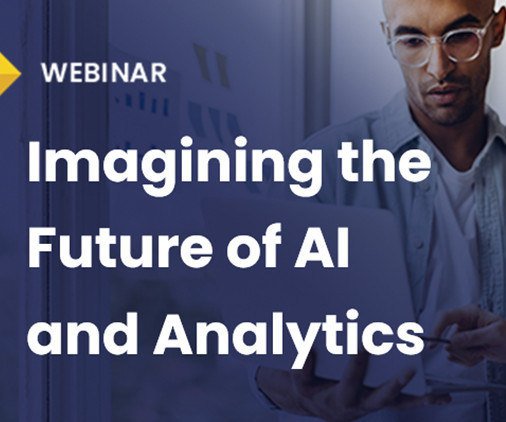The Growing use of Big Data at Intelligence Agencies
Dataconomy
MAY 31, 2016
The typical Hollywood portrayal of spywork makes the field appear a lot more glamorous than it really is. For better or worse, intelligence agencies really feature a lot of sorting through files, documents, numbers, and other data, most of it done in office buildings with employees hunched over computers. While. The post The Growing use of Big Data at Intelligence Agencies appeared first on Dataconomy.




































Let's personalize your content